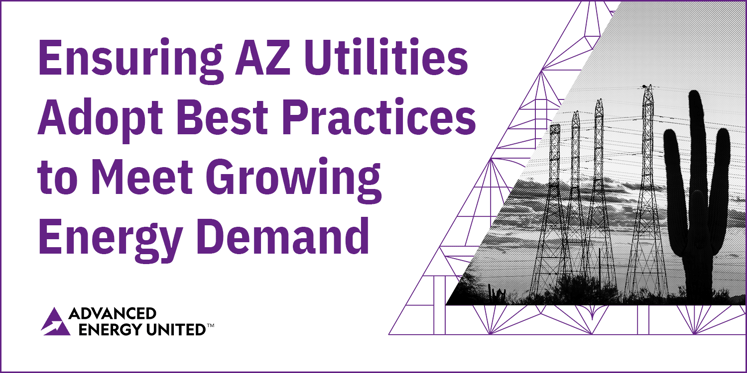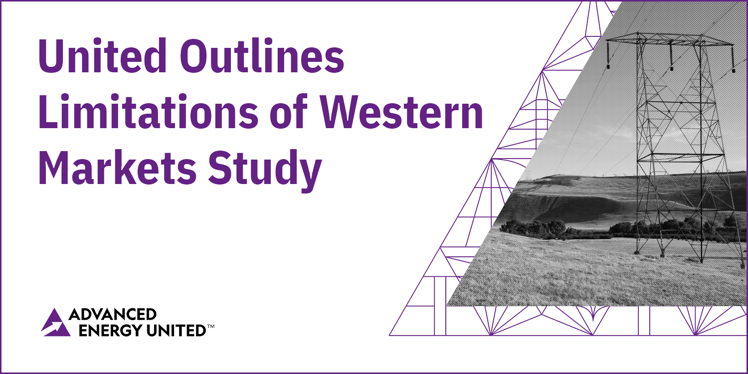
Pathways Bill Paves the Way for a Reliable, Affordable Western Grid
Topics: State Policy, Transmission, California, Western RTO
Colorado Must Choose the Right Path to A Regional Energy Market

Just as you wouldn’t set off on a great American road trip using a 50-year-old paper map, Colorado shouldn’t be making decisions about regional electricity markets using 20-year-old assumptions about the western grid. Choosing the wrong market could lead to some very expensive mistakes, burdening ratepayers with higher costs and lower reliability and steering Colorado’s clean energy ambitions into a dead end.
A regional electricity market is among the most powerful tools in the toolbox for lowering electricity costs, improving reliability and resiliency to extreme weather events, and integrating Colorado’s abundant renewable resources into a 100% clean grid. In the next few months, Colorado utilities like Xcel Energy and Tri-State will have the opportunity to join with neighboring states and utilities in a regional market, and the benefits have the potential to be great. Colorado’s participation in a regional market could allow the state to trade electricity across the West, tapping into resources like hydro from the Northwest or geothermal from Nevada. In return, it could sell excess clean energy produced by local wind and solar.
Topics: State Policy, Western RTO, Colorado
Creating a Better Process for Arizona’s Integrated Resource Plans

Every three years, Arizona Public Service (APS) and Tucson Electric Power (TEP) conduct a comprehensive study predicting the amount of energy their customers will need in order to determine the energy resources required to meet those needs. This study, known as an Integrated Resource Plan (IRP), is a common exercise that utilities undertake in many states. While different parts of the country have different electricity needs and varying resources available, we at Advanced Energy United (United) believe all IRPs should include a comprehensive assessment of the advanced energy resources available, a competitive procurement process, and full incorporation of any additional policies that will change resource needs or costs.
Topics: State Policy, Arizona, Western RTO, Integrated Resource Planning
Open Letter to Western Energy Leaders on Utilities’ Day-Ahead Market Study

On Monday, Advanced Energy United sent a letter to state energy offices in the West offering our perspective on a study commissioned by the Western Markets Exploratory Group (WMEG) that compares the benefits of several proposed Western day-ahead market scenarios. The study has been filed in multiple dockets in states across the West, but it offers an incomplete view of the benefits that can accrue to the West in a day-ahead market.
Topics: Wholesale Markets, Western RTO
